Written by Mike Pomranz
As the weather turns cooler, we’re reminded that another year is facing its end. Come January, we’ll be plunged headfirst into 2010, heralding the start of yet another decade.
The "aughts" were a fun time: The emergence of terrorism, a deadly and possibly unwinnable war in Iraq, the global economic collapse, and a World Series title for the Boston Red Sox.
One of the biggest developments, however, was the continued development of the Internet.
In 1999, 4 to 5 million websites were online. Today, over 100 million sites exist. To put that in perspective, scientist say that if you put all the information available on the web today in Albert Einstein’s head, he would have literally shit his pants.
But as the web weaves its tangled mess of stock quotes, political message board posts and pornography across the globe, sites continually lose favor to newer, more popular pages. Every Britney Spears has her Miley Cyrus: The more Britney attempts to make a comeback, the more we realize how gross she is and how glad we are that she’s been replaced by something younger, better and less depressing. So it goes on the Internet as well.
Therefore, as we near the end of a decade, we wanted to take a look back at what websites haven’t been worth visiting in the past 10 years, so that we may never forget that today’s Twitter could be tomorrow’s Pets.com.
After the jump, see our list and add your own.
1. Geocities (or Tripod or Angelfire, etc.)
Where was your first website? Assuming you weren’t a ’70s Computer Science major writing programs with punch cards in between your weekly mustache trimmings, you probably used a free online web space like Geocities. Yes, cobbling together your first homepage with a not-so-user-friendly web-based design tool and limited knowledge of this emerging code known as "HTML" might have been difficult. Still, building a page used to instill a sense of achievement that some ass who uses PimpMyMyspace.com to add flashing marijuana leaves to his profile will never understand. Alas, Geocities is closing next month, officially ending an era of terrible webpages. R.I.P.
2. WebCrawler (or Excite or Altavista or Infoseek or Lycos, etc.)
WebCrawler used to be my go-to search engine. We had AOL dial-up and they kept pushing that silly spider whether we liked it or not. In retrospect, I never realized it was "the first Web search engine to provide full text search." I’m not sure what that means, but I sure am impressed. However, by the time I went to college I was into AltaVista, my WebCrawler days having waned. Nowadays, if you don’t use Google, you’re probably on some corporate crusade that no one really feels like hearing about anyways.
3. The homepage of your old dial-up provider
Prodigy, CompuServe, MindSpring? Who was your first Internet provider? As a kid, our first ISP was some company called Erols. They required us to fly a kite with a key tied to it to receive emails. Whoever you went through, your first web stop was probably their annoying homepage. Typically, these sites were a mix of silly headlines trying to get you to click through to articles you didn’t want to read and annoying, distracting advertisements for products you would never buy. Thank God websites aren’t like that anymore!!
4. Netscape.com
Can you believe at one point Netscape had 90% of the browser market?! Now, Netscape Navigator is officially done. Turns out no one took into account that Microsoft would spend the majority of the 1990s breaking federal and international law by engaging in monopolistic practices. Whoops!
5.Open Diary
Could you imagine the Net without blogs? Back before becoming a web staple and source of my weekly paycheck, the idea of the blog was spawned out of online diaries. Open Diary claims to be "the first web site that brought online diary writers together into a community." Unfortunately for O.D., sites like LiveJournal and Blogger quickly followed, meaning most users had migrated to another company by the turn of the millennium. But to be fair, online diaries were NEVER worth visiting regardless of the year. If people wanted to hear your every thought they would hang out with you socially instead of making you the online pariah that you are. So I guess, technically, Open Diary could be taken off this list all together.
6. Classmates.com
Classmates.com was a great idea: Let’s use the power and connectivity of the Internet to allow alumni to locate each other. Unfortunately, people had to pay a fee to take full advantage of the most important site features – like reading messages sent to you – thus keeping Classmates from reaching its full potential as the site that Friendster would have eventually taken over for anyway. Today, Facebook fills the void of helping you reconnect with people you didn’t even remember going to high school with. Give Classmates.com credit, however, for leading the way in the field of placing annoying banner ads on every site on the entire Internet!
7. Rotten.com
"If you post weird stuff on the web, they will come." That fake mantra I just made up is true now more than ever. And one of the first sites to gain popularity for posting what other media outlets would never dare, was Rotten.com. The site has since fallen out of favor: Too many other places exist to find similar content, and, in the end, their obsession with the nasty made them a bit too niche. You could say Rotten.com was the Ty Cobb of websites: An early pioneer that was a total train wreck off the field due to heavy drinking.
8. Anything "Ate My Balls"
We get it, dude! A number of celebrities ate your testicles. By 2000, we were sick of hearing about it. I’m just glad that the Internet has moved past such trivial matters and has finally embraced its power to do something other than promote the stupid nonsense of fringe wackos!!!
9. Hamster Dance
Before there were memes, there was Hamster Dance. If you’ve seen Hamster Dance once, you probably don’t want to ever see it again. And if you haven’t seen Hamster Dance, by all means, DO NOT click the above icon! Your conscious is clean and your heart is pure. Don’t turn back now.
This list was compiled from discussions with friends and coworkers, but I’m sure you have plenty of websites you haven’t visited in a decade either. Give us your additions to our list in the comments!






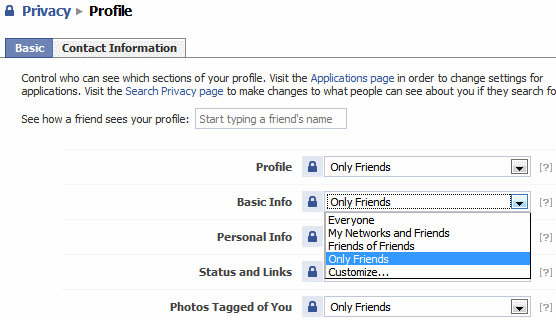


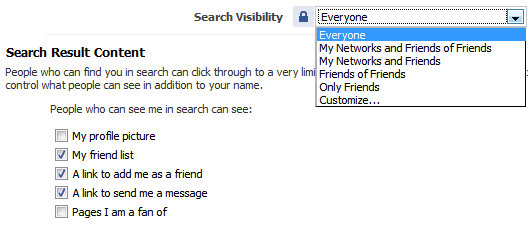
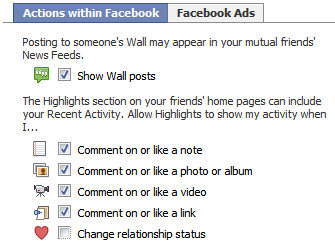
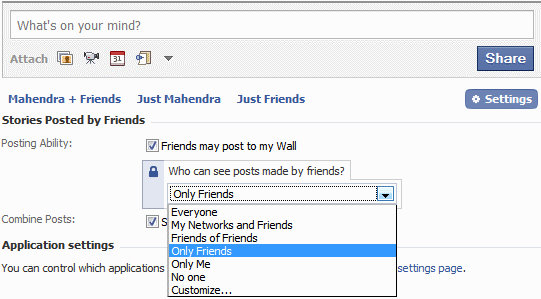

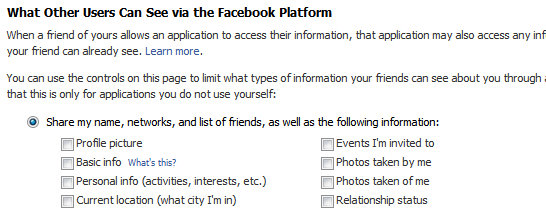
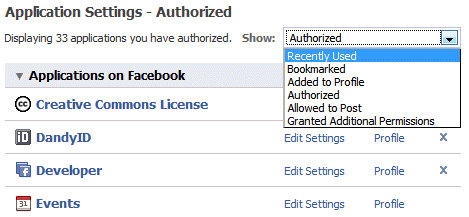

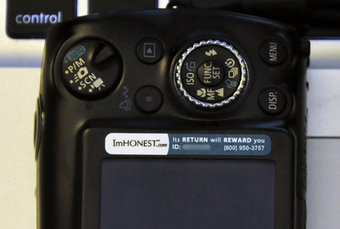








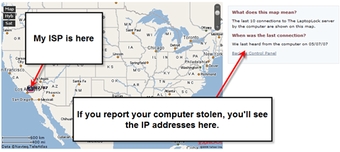

































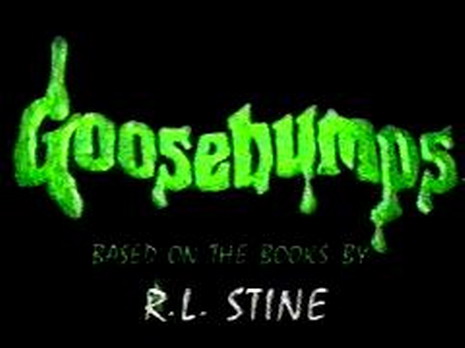
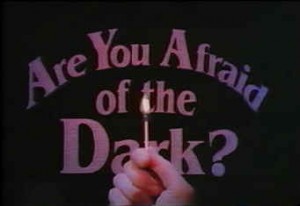
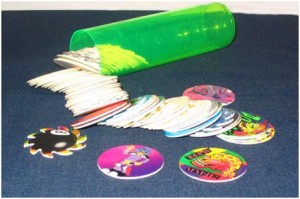






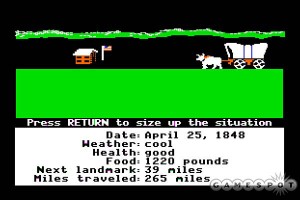
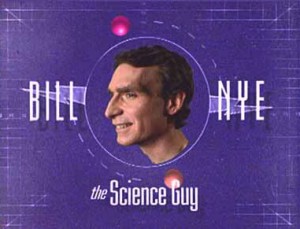

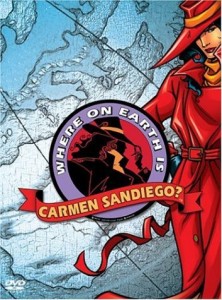
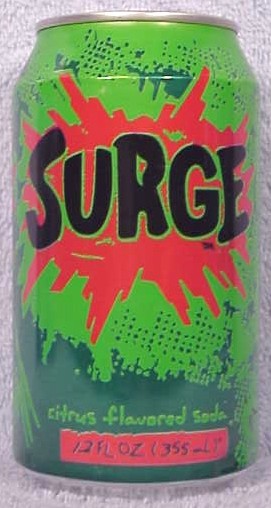



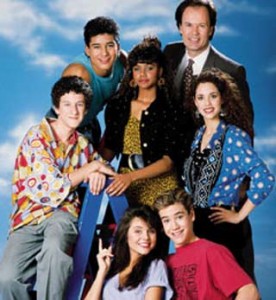

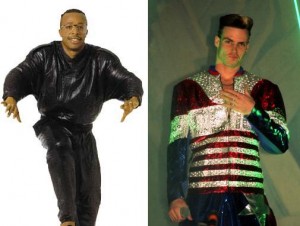




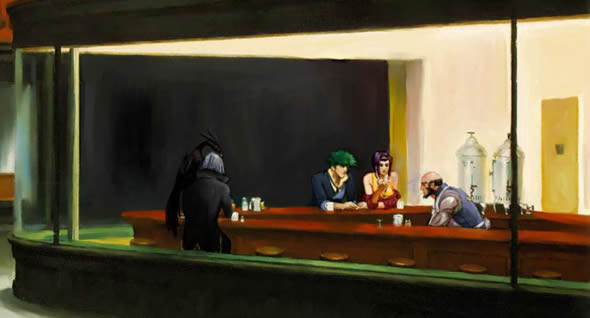

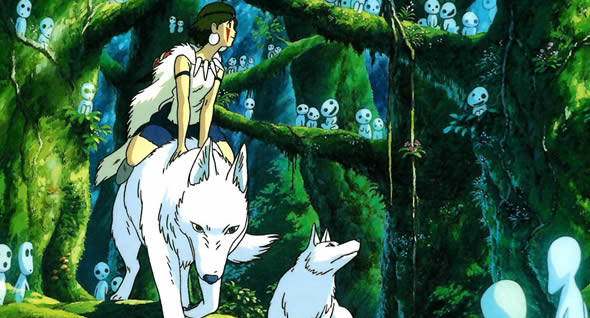





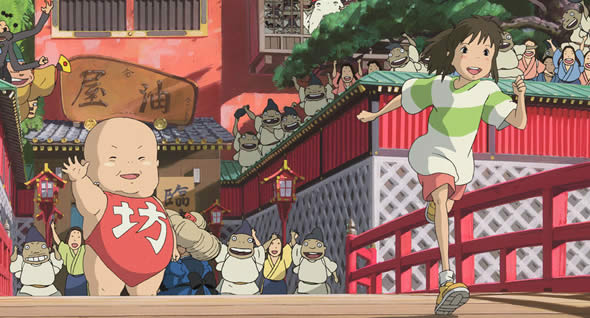
 Meetings suck. But if there’s one thing worse than meetings, it’s playing email tag to schedule them. Is your company still sending out mass emails to ask for preferred meeting times? It’s the pits, isn’t it? Yes, Outlook has a hack whereby you can solicit responses for scheduling, but it’s not much of an improvement. There’s a better way, and it’s a ridiculously simple concept. A Web app lets you pick a range of dates on a calendar and then notify your colleagues so they can pick the times and dates that work for them. You then view the responses and you’re done.
Meetings suck. But if there’s one thing worse than meetings, it’s playing email tag to schedule them. Is your company still sending out mass emails to ask for preferred meeting times? It’s the pits, isn’t it? Yes, Outlook has a hack whereby you can solicit responses for scheduling, but it’s not much of an improvement. There’s a better way, and it’s a ridiculously simple concept. A Web app lets you pick a range of dates on a calendar and then notify your colleagues so they can pick the times and dates that work for them. You then view the responses and you’re done. 








